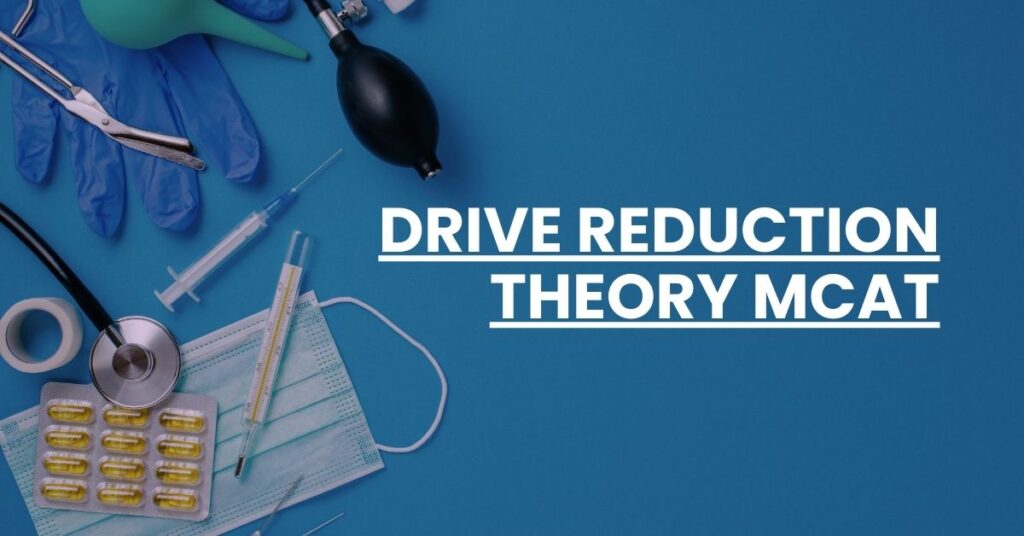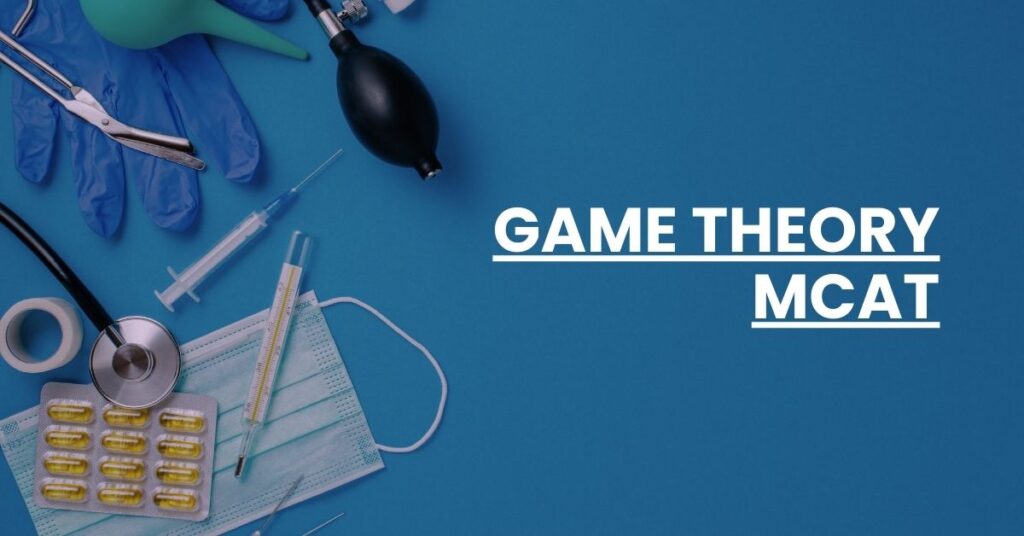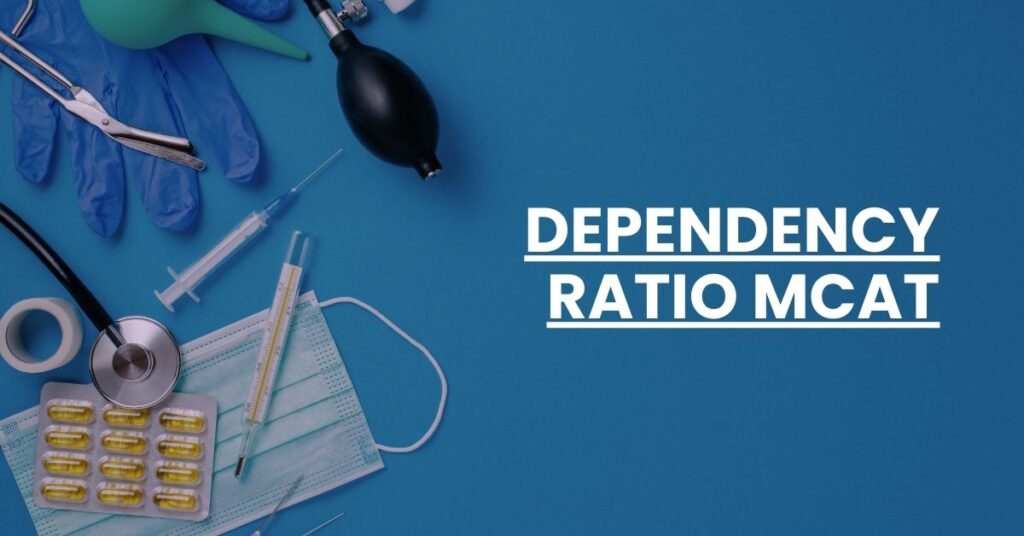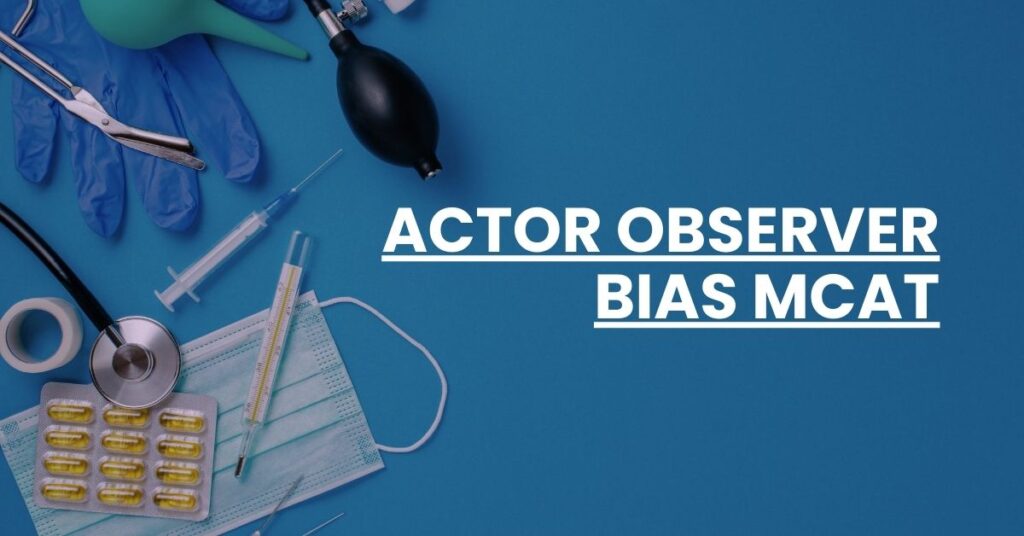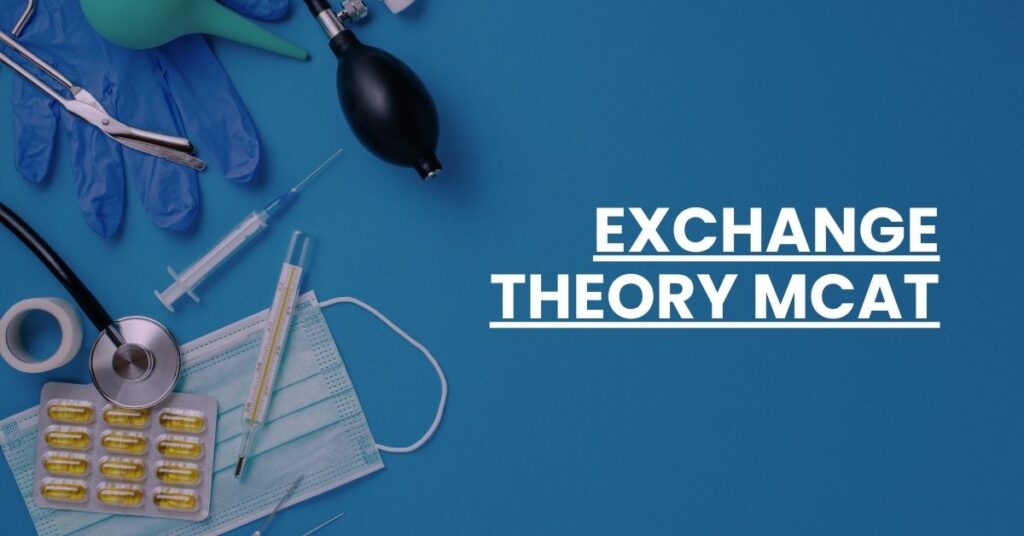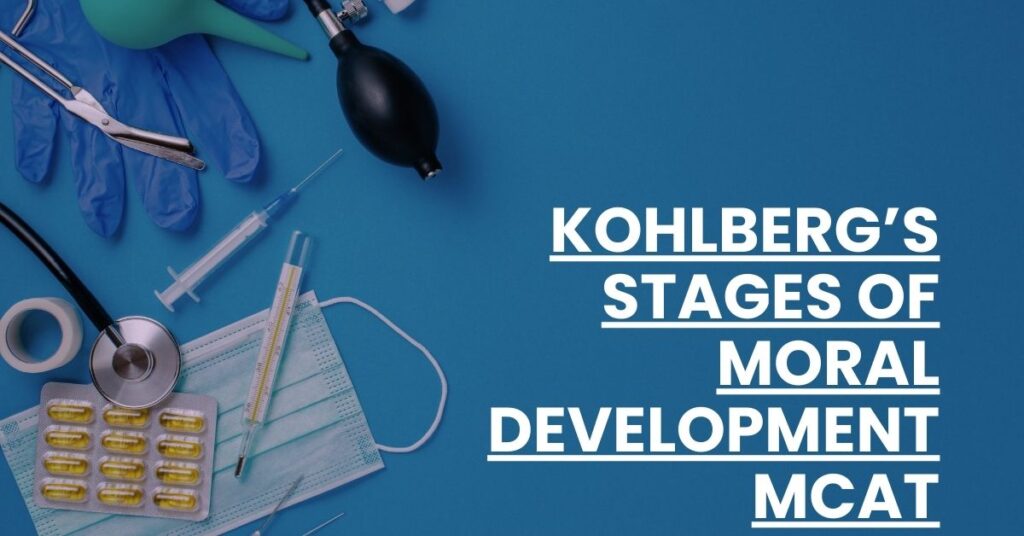Drive Reduction Theory MCAT
The Drive Reduction Theory is a foundational psychological concept that explores how internal physiological deficits drive behaviors, suggesting a link between needs, drives, and actions. Essential for the MCAT, it offers crucial insights into human motivation, tying into the psychological, social, and biological foundations of behavior. Focusing on this theory can give you an edge […]
Drive Reduction Theory MCAT Read More »
